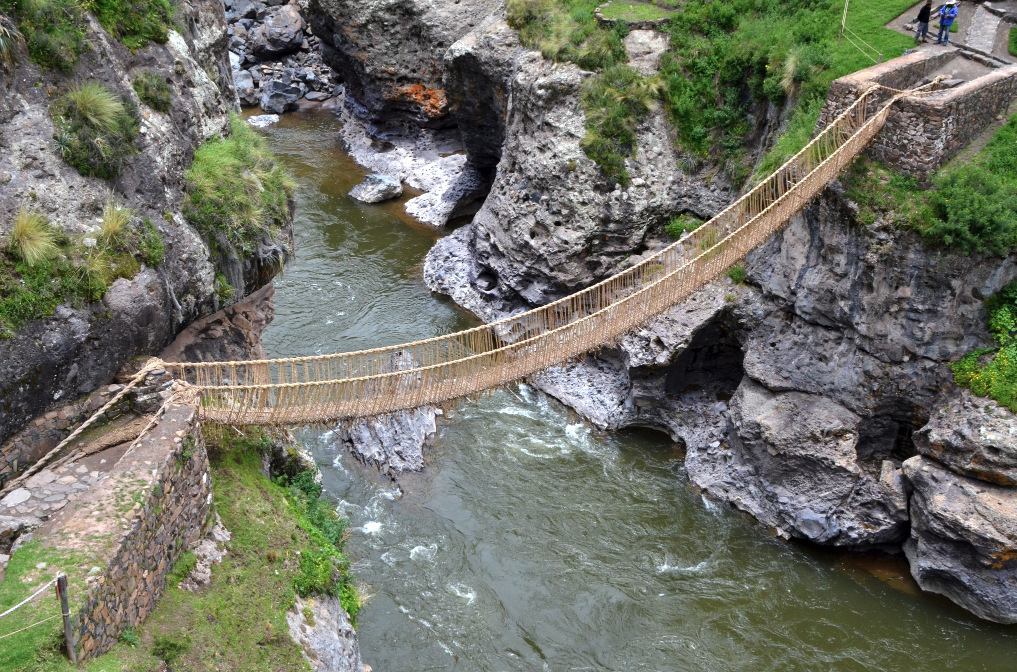A Desert Canvas of Ancient Art
The Nazca Lines are among the most extraordinary archaeological mysteries in the world. Stretching across the arid plains of southern Peru, these massive geoglyphs were etched into the desert between 500 BCE and 500 CE by the Nazca civilization. From simple straight lines to intricate depictions of animals, humans, and plants, some of these designs extend for hundreds of meters, visible primarily from the air. Their scale and precision continue to astonish researchers and visitors alike.
Purpose and Theories
Despite decades of study, the exact purpose of the Nazca Lines remains uncertain. Many archaeologists believe they had religious significance. Some suggest they were created as offerings to gods to ensure fertility, rainfall, or successful crops in the harsh desert environment. Others argue that the lines functioned as astronomical markers or ceremonial pathways, possibly aligning with the sun, moon, or stars for calendrical purposes. Another theory proposes that they served as sacred routes for rituals, connecting shrines, water sources, and ceremonial centers.
Cultural Significance
Beyond their mysterious function, the Nazca Lines offer a window into the beliefs, skills, and ingenuity of the Nazca people. Constructing these geoglyphs required detailed planning, teamwork, and precise surveying techniques, all without modern tools. The lines reflect a deep connection between the people and their landscape, blending art, spirituality, and social organization.
Modern Fascination
Today, the Nazca Lines are a UNESCO World Heritage Site and a source of global intrigue. They inspire archaeologists, historians, and even tourists to explore their origins and meanings. While some questions remain unanswered, the lines continue to connect us with a civilization from two millennia ago, reminding us of the enduring power of human creativity and expression.







